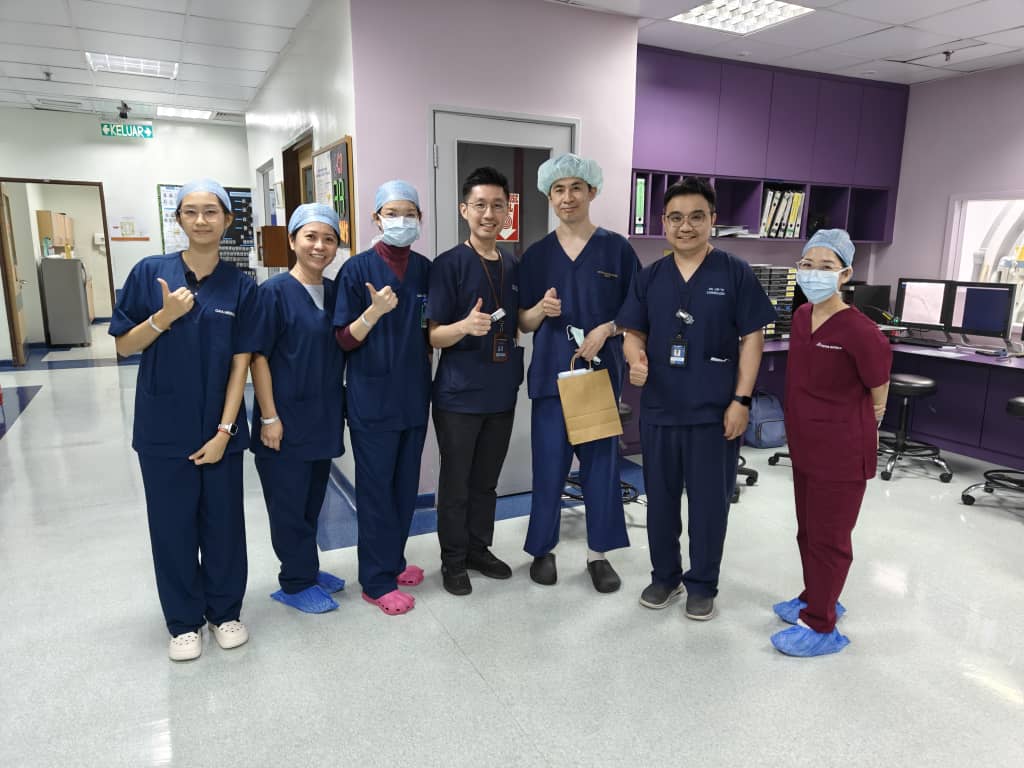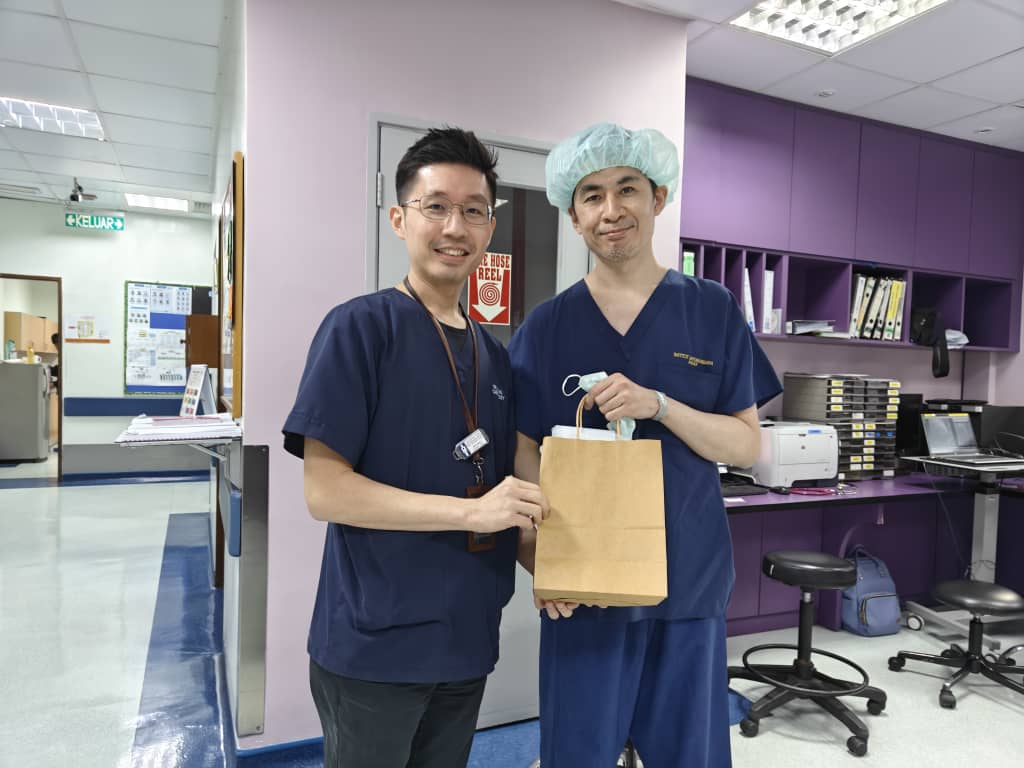The field of complex percutaneous coronary intervention (PCI) continues to evolve with innovative strategies and advanced techniques. IJN and Asahi proudly hosted a CTO (Chronic Total Occlusion) workshop featuring Dr Shunsuke Matsuno, an esteemed operator renowned for his expertise in complex PCI. The session provided a live demonstration of two challenging CTO cases: one involving the left anterior descending artery (LAD) and another involving the right coronary artery (RCA).

Case 1: CTO LAD – Advanced Antegrade and Retrograde Approaches
In the first case, Dr Shunsuke Matsuno tackled a complex CTO of the LAD. The procedure showcased multiple advanced strategies:
- Antegrade IVUS-Guided Proximal Cap Puncture: Utilizing intravascular ultrasound to define the entry point with precision.
- Retrograde Septal Surfing Technique: Navigating through septal collaterals to gain retrograde access.
- Epicardial Collateral Approach: Attempting collateral channel crossing when septal collaterals proved challenging.
- ADR Technique (Antegrade Dissection and Re-entry): Applied as a bailout strategy to re-enter the true lumen with success.
This case highlighted the importance of versatility in CTO PCI, with operators needing to pivot between antegrade and retrograde strategies to achieve optimal outcomes.
Case 2: CTO RCA – Parallel Wiring Technique
The second case demonstrated a CTO of the RCA, where Dr Shunsuke Matsuno successfully applied the parallel wiring technique. By using a dual-wire strategy, one wire maintained position in the subintimal space while a second wire was carefully advanced to find the true lumen. This approach minimized procedural time and improved the chances of successful revascularization.
Key Learnings from the Workshop
The live cases underscored several important principles in contemporary CTO PCI:
- The value of IVUS in guiding proximal cap puncture and confirming wire position.
- The need for multiple strategies—antegrade, retrograde, dissection/re-entry—to address complex lesions.
- The parallel wiring technique as a practical and effective method for RCA CTO recanalization.
- Operator expertise and adaptability as the cornerstone of successful outcomes in complex PCI.

Small token of appreciation to sensei Matsuno!
Advancing Complex PCI Skills
Workshops like this are crucial in training interventional cardiologists to manage highly complex coronary occlusions. With guidance from experts like Dr Shunsuke Matsuno, participants gained invaluable insights into advanced CTO strategies, case selection, and complication management.
Conclusion
The CTO workshop with Dr Shunsuke Matsuno was an outstanding educational experience, showcasing cutting-edge techniques such as IVUS-guided puncture, septal surfing, ADR, and parallel wiring. These real-world demonstrations reinforce the importance of continuous skill advancement in achieving high success rates and safer outcomes for patients with challenging coronary occlusions.
